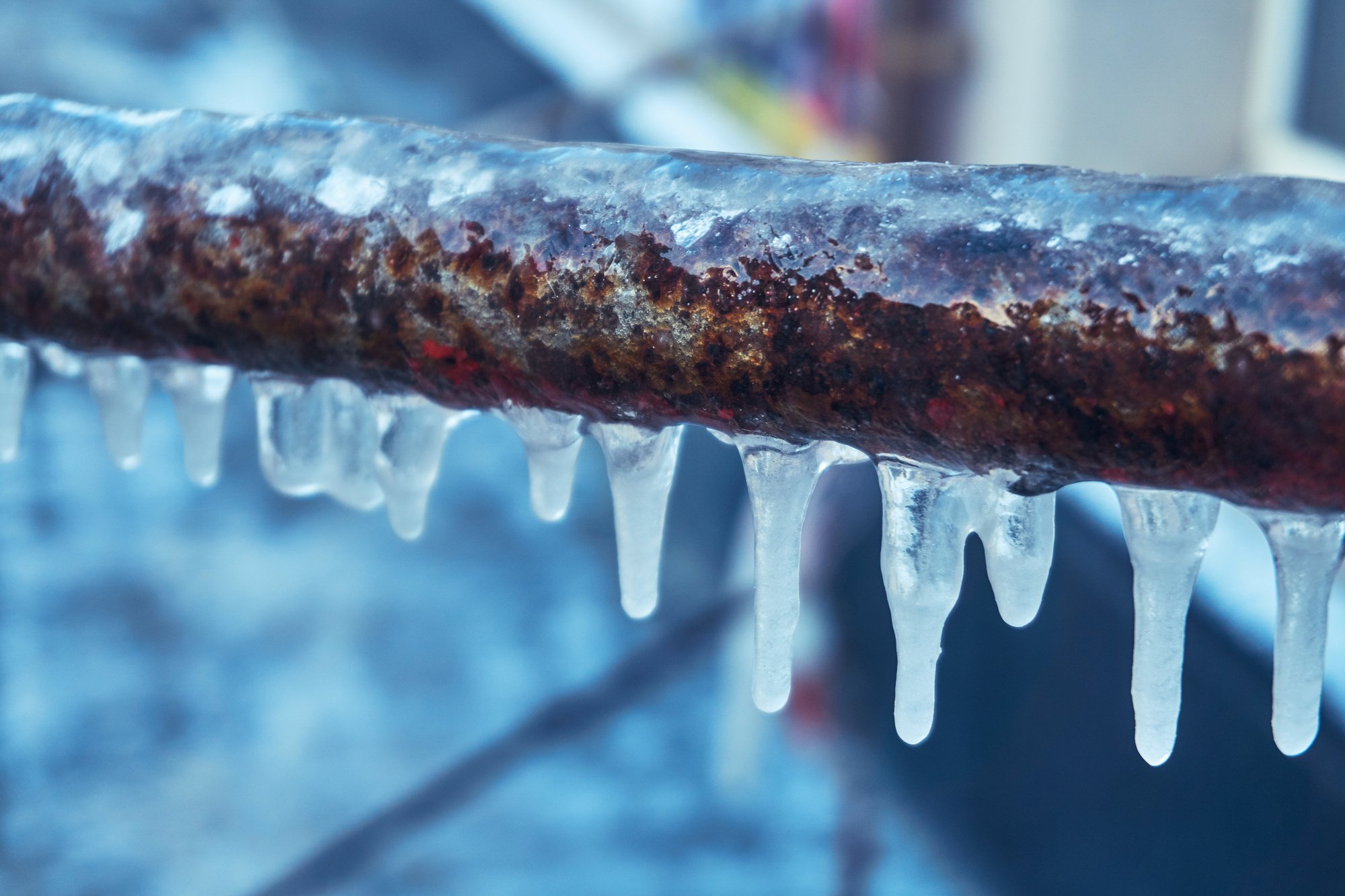Ways to Avoid Frozen Plumbing in Winter: Expert Advice
Ways to Avoid Frozen Plumbing in Winter: Expert Advice
Blog Article
This great article which follows relating to 6 Ways to Prevent Frozen Pipes is exceedingly insightful. You should take a peek.

Cold weather can damage your pipes, specifically by freezing pipes. Here's just how to avoid it from occurring and what to do if it does.
Intro
As temperatures decline, the risk of frozen pipes boosts, possibly bring about pricey repair work and water damages. Comprehending just how to avoid frozen pipelines is crucial for homeowners in cold environments.
Avoidance Tips
Protecting susceptible pipelines
Cover pipes in insulation sleeves or make use of warm tape to protect them from freezing temperatures. Focus on pipes in unheated or external areas of the home.
Heating techniques
Keep indoor spaces properly heated up, specifically locations with plumbing. Open up cupboard doors to enable cozy air to flow around pipelines under sinks.
Exactly how to identify frozen pipes
Try to find decreased water circulation from faucets, uncommon smells or noises from pipes, and visible frost on subjected pipelines.
Long-Term Solutions
Structural changes
Consider rerouting pipes away from outside wall surfaces or unheated areas. Include added insulation to attics, cellars, and crawl spaces.
Upgrading insulation
Purchase premium insulation for pipes, attics, and wall surfaces. Appropriate insulation aids keep regular temperature levels and lowers the danger of frozen pipelines.
Safeguarding Outdoor Plumbing
Yard hose pipes and outdoor faucets
Disconnect and drain yard hoses before winter. Install frost-proof spigots or cover exterior faucets with insulated caps.
Understanding Icy Pipelines
What causes pipelines to ice up?
Pipes freeze when exposed to temperature levels listed below 32 ° F (0 ° C) for expanded periods. As water inside the pipes ices up, it expands, taxing the pipe wall surfaces and possibly triggering them to rupture.
Dangers and problems
Frozen pipelines can lead to water supply disturbances, residential or commercial property damage, and pricey repair work. Ruptured pipes can flooding homes and cause considerable architectural damages.
Indicators of Frozen Piping
Recognizing frozen pipes early can prevent them from rupturing.
What to Do If Your Pipelines Freeze
Immediate activities to take
If you think frozen pipes, maintain faucets open up to ease stress as the ice melts. Make use of a hairdryer or towels soaked in warm water to thaw pipes slowly.
Final thought
Stopping frozen pipelines needs positive steps and quick actions. By comprehending the reasons, indications, and preventive measures, house owners can safeguard their plumbing throughout winter.
5 Ways to Prevent Frozen Pipes
Drain Outdoor Faucets and Disconnect Hoses
First, close the shut-off valve that controls the flow of water in the pipe to your outdoor faucet. Then, head outside to disconnect and drain your hose and open the outdoor faucet to allow the water to completely drain out of the line. Turn off the faucet when done. Finally, head back to the shut-off valve and drain the remaining water inside the pipe into a bucket or container. Additionally, if you have a home irrigation system, you should consider hiring an expert to clear the system of water each year.
Insulate Pipes
One of the best and most cost-effective methods for preventing frozen water pipes is to wrap your pipes with insulation. This is especially important for areas in your home that aren’t exposed to heat, such as an attic. We suggest using foam sleeves, which can typically be found at your local hardware store.
Keep Heat Running at 65
Your pipes are located inside your walls, and the temperature there is much colder than the rest of the house. To prevent your pipes from freezing, The Insurance Information Institute suggests that you keep your home heated to at least 65 degrees, even when traveling. You may want to invest in smart devices that can keep an eye on the temperature in your home while you’re away.
Leave Water Dripping
Moving water — even a small trickle — can prevent ice from forming inside your pipes. When freezing temps are imminent, start a drip of water from all faucets that serve exposed pipes. Leaving a few faucets running will also help relieve pressure inside the pipes and help prevent a rupture if the water inside freezes.
Open Cupboard Doors
Warm your kitchen and bathroom pipes by opening cupboards and vanities. You should also leave your interior doors ajar to help warm air circulate evenly throughout your home.
:strip_icc()/snow-outdoor-faucet-pipes-4af65d1e5e904fb1aa7bf74071fe5d89.jpg)
As a serious reader about Prevent Frozen Pipes , I assumed sharing that editorial was beneficial. Sharing is caring. You won't know, you could be doing someone a favor. Thank you so much for going through it.
Book Maintenance Report this page